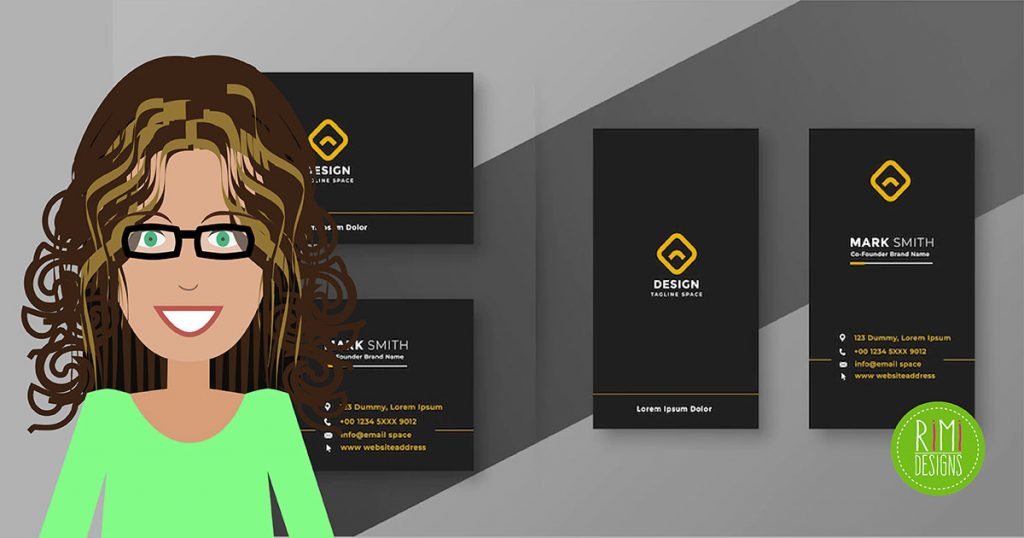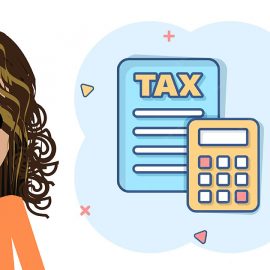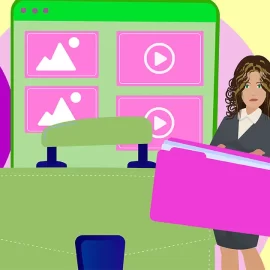
Business Cards in the Digital Age
If there’s one scrap of paper the internet has yet to eliminate, it’s the business card. There is something solid and comforting about that palm-sized piece of card stock as it passes from hand to hand, which modern gadgetry still can’t replace.
Maybe you’re a freelancer looking to make new contacts, or you want something professional to hand to acquaintances at the bar. Or maybe you just need a card to drop into the fishbowl at your local sandwich shop to win a free lunch. Whatever the case, when you’re designing your business card, remember that the old adage “dress for success” applies to that little paper rectangle, too.
Here’s what you should include and what you should definitely leave out to make your business card really pop.
1. The basics
There are a few things that have belonged on a business card since time immemorial, including your name, your job title and your phone number. These days, you’ll want to add your email address to that list. Non-freelancers should also include a company name, logo and website. Stick to a single phone number, where contacts can reach you in the easiest way in order to reduce clutter.
2. Don’t overpopulate
Yes, it’s acceptable to link to your social media profiles on your business card, but you shouldn’t link to all of them. Stick to the profiles that best showcase your work and your personality without getting too personal. If you have a personal website or a blog on which you showcase creative projects, be sure to include a link.
Assume that most companies have at least a cursory understanding of what the internet is and how a URL begins. On a business card, you only have to include the part of the link that comes after the “www.”
Lastly, if there’s anything the modern design aesthetic can teach us, it’s that white space is your friend. Don’t make the card too cluttered. QR codes are nifty, but they also take up a lot of room. Only include a QR code on your business card if you’re linking to a site that is optimised for mobile viewing.
3. Uh, you have a fax machine?
Unless you’re a freelance fax-machine salesperson, there’s really no need to include a fax number on your bsuiness card. What are the odds that a potential employer or colleague is going to fax you to set up an interview?
Leave your office address off the card too, especially if you work from home.
4. Make multiples
In the digital age, few people have just one job. You might be a marketing assistant by day and a modern dancer by night. Whatever your second career, making multiple business cards is a sensible alternative to trying to cram “Freelance Journalist, Photographer, Social Media Maven and Expert Barista” onto one card.
5. Be unique
Business cards are no longer the somber black-and-white affairs they once were. They should showcase your personality and creativity in a way that’s appropriate to your career.
If you’re working for a legacy financial firm, you may want to go the subdued route. But if you’re in the startup sector, colour and playfulness are both assets. That goes double if you’re immersed in any sort of creative field, where you will likely be expected to have an eye for aesthetic details.
Think about paper thickness, card shape, colour and font when choosing your card, and make sure the design is consistent with the personality you showcase on your website and social media accounts.
SOURCE: Mashable
Are you after a business card that will make you stand out and get you noticed? Rimidesigns will design an amazing looking business card for you.



